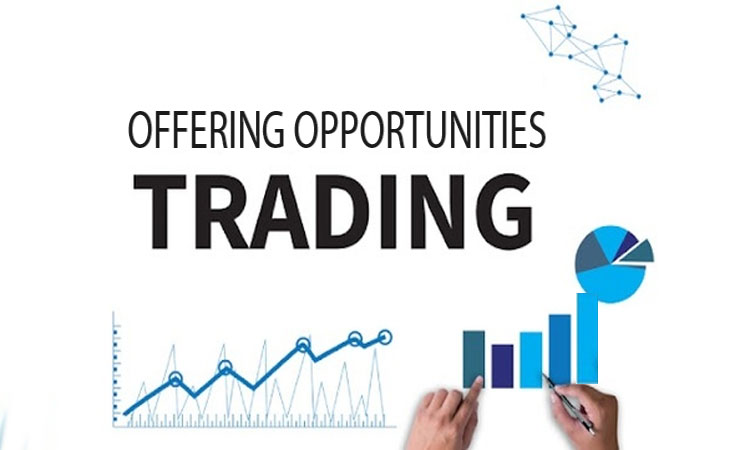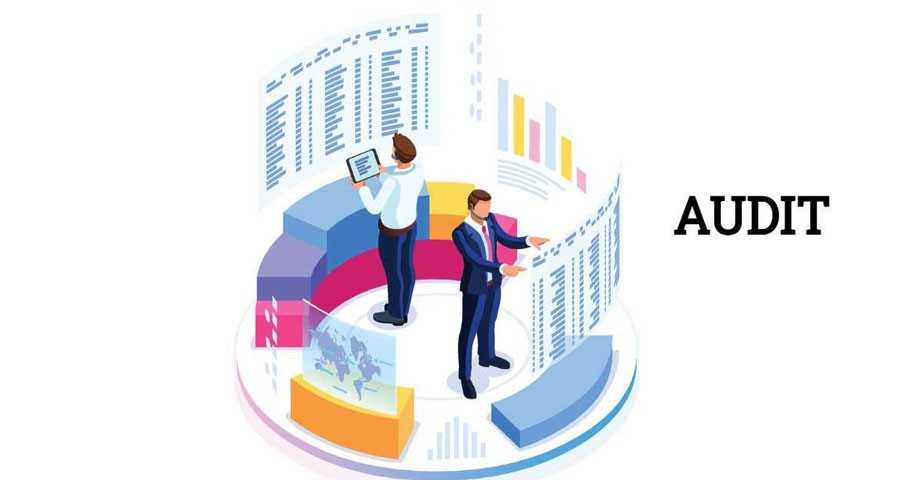The Value of Risk Management in the Trading Industry
Welcome to the Ellipsys foreign exchange trading, where we explore the topic of trading risk management. Understanding and putting into practice efficient risk management techniques is essential to your success in the volatile world of financial markets, regardless of experience level.
To make money, traders must take calculated risks. But without sound risk management, even the most appealing trades can result in large losses. By protecting your capital and guiding you through the intricacies of different trading markets, risk management serves as a safety net.
Recognizing Trading Risk Management
An explanation of risk management and its importance
It’s imperative to comprehend risk and its importance before beginning any road towards efficient risk management in trading. The strategies and tactics used to recognize, evaluate, and reduce the hazards connected to trading operations are collectively referred to as risk management.
Risks can take many different forms in the foreign currency trading world: These include particular trade-related issues, economic factors, market volatility, and geopolitical events. Traders seek to minimize possible losses, safeguard capital, and maintain profits by carefully managing these risks.
Risk management’s importance needs to be weighed. It serves as the cornerstone of sustainable trading methods, enabling traders to steer clear of erratic market conditions while sticking to a strict plan. Without effective risk management, traders put themselves in undue danger, which can have disastrous financial repercussions.
Essential concepts for risk management
Now that we are aware of how important risk management is, let’s examine some essential ideas that serve as the cornerstone of successful risk management in trading:
- Establish your degree of risk tolerance: The amount of risk you are prepared and able to bear for each trade or investment. Financial status, trading history, and individual risk tolerance all affect this evaluation.
- Modification: Increase your portfolio’s resilience to the effects of a single deal or incident by spreading your investments over a variety of marketplaces and assets. You can benefit from a variety of market opportunities and reduce the danger of suffering large losses by diversifying your holdings.
- Automating risk management: This can be facilitated by implementing take-profit and stop-loss thresholds. Take-profit levels specify a price at which you want to lock in profits, while stop-loss orders provide a predefined exit point to minimize possible losses. Both discipline and emotionally charged decision-making are prevented by these techniques.
- Leverage management and position sizing: Take into account your risk tolerance and the state of the market when determining the right position size for every transaction. Higher leverage magnifies both possible rewards and losses, so manage it carefully as well.
- Diversification: Spreading your money across several markets or assets will help you minimize the impact of any one trade or incident on your portfolio as a whole. Diversification lets you benefit from a variety of market possibilities while reducing the danger of suffering large losses.
- Stop-loss orders and take-profit levels: These tools can be used to automate risk management. A profit level specifies a target price at which you secure earnings, whilst a stop-loss order establishes a predefined exit point to limit any losses. These instruments prevent irrational decisions based on emotion and promote discipline.
- Constant observation and Risk Evaluation: Keep a close eye on your transactions and periodically review your risks in light of shifting market circumstances. Keep up with news, market sentiment, and economic indicators to modify your risk management tactics appropriately.
Determining exact degrees of risk tolerance
- Examine your current Financial Markets Analysis: Taking into account your income, debts, and investment capital. This assessment aids in figuring out how much risk you can afford to incur.
- Think about how much risk you can handle: Assess the level of psychological and emotional risk tolerance you possess. Some traders could feel more at ease taking on greater risk, while others would like to take a more cautious approach. Your comfort zone and risk tolerance must coincide.
- Establish risk limitations particular to each trade: Depending on your risk tolerance, establish limits for each trade. This might be a set monetary amount or be stated as a percentage of your total trading capital.




